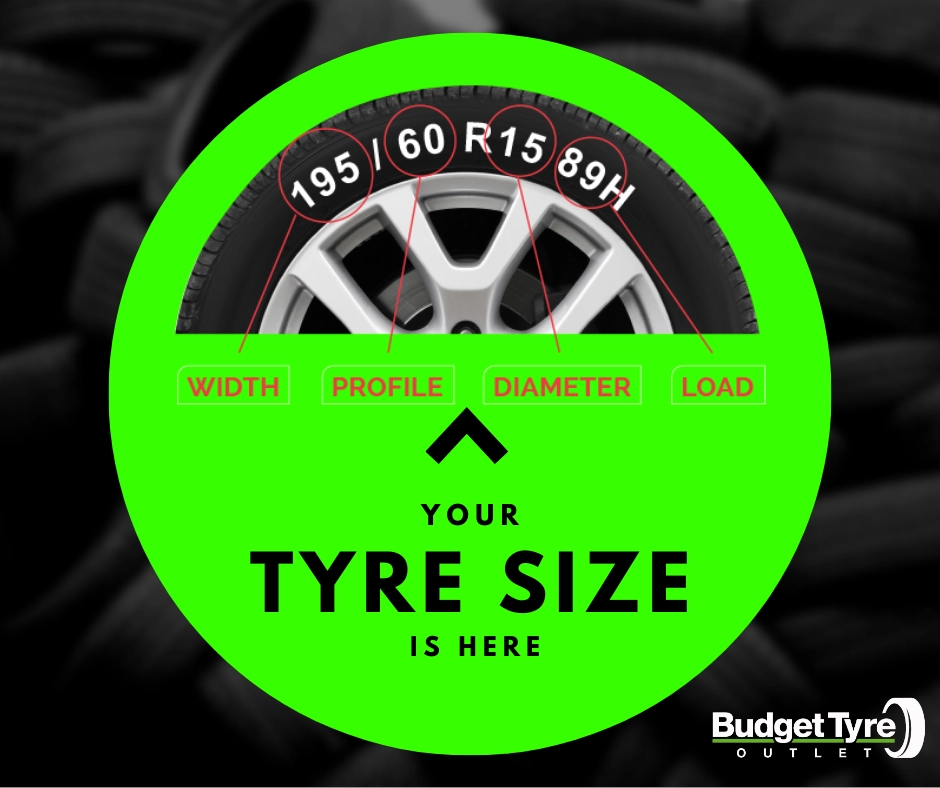Knowing the right time to replace your tyres is essential for driving safety. Worn or deteriorated tyres can pose significant risks on the road. As the vital link between your car and the pavement, maintaining their well-being is crucial. There are several factors to consider:
Tread Wear: Adequate tread depth is crucial for safe driving. The legal minimum tread depth in Australia is 1.5mm. Replacing tyres before the tread reaches this limit to ensure optimal grip on the road.
Tyre Age: Tyre age matters, even if the tread is still sufficient. Replacing tyres that are over 7 to 10 years old is advised, as rubber compounds deteriorate over time, potentially compromising safety.
Driving Conditions: Consider your driving habits and the conditions you encounter. Frequent city driving, long trips, and exposure to extreme weather can accelerate tyre wear. Regularly inspect your tyres and replace them if they show signs of damage or wear.
Manufacturer’s Recommendations: Manufacturers often provide guidelines for their specific tyre models. These recommendations can offer insights into the expected lifespan of your tyres based on their design and intended use.
Various factors beyond general wear, such as tyre punctures, sidewall damage, or tears, can warrant the need to replace either a pair or a complete set of tyres.
Common Causes of Tyre Damage:
Encounter with potholes, obstacles, curbs, and speed bumps.
Exposure to oil, grease, chemicals, rain, snow, ice, or excessive sunlight.
Tyres that have been dormant and unused for a lengthy period of time.
Speeding, sudden braking, or driving on compromised road surfaces.
Using tyres that are incorrectly sized for your vehicle’s wheels


